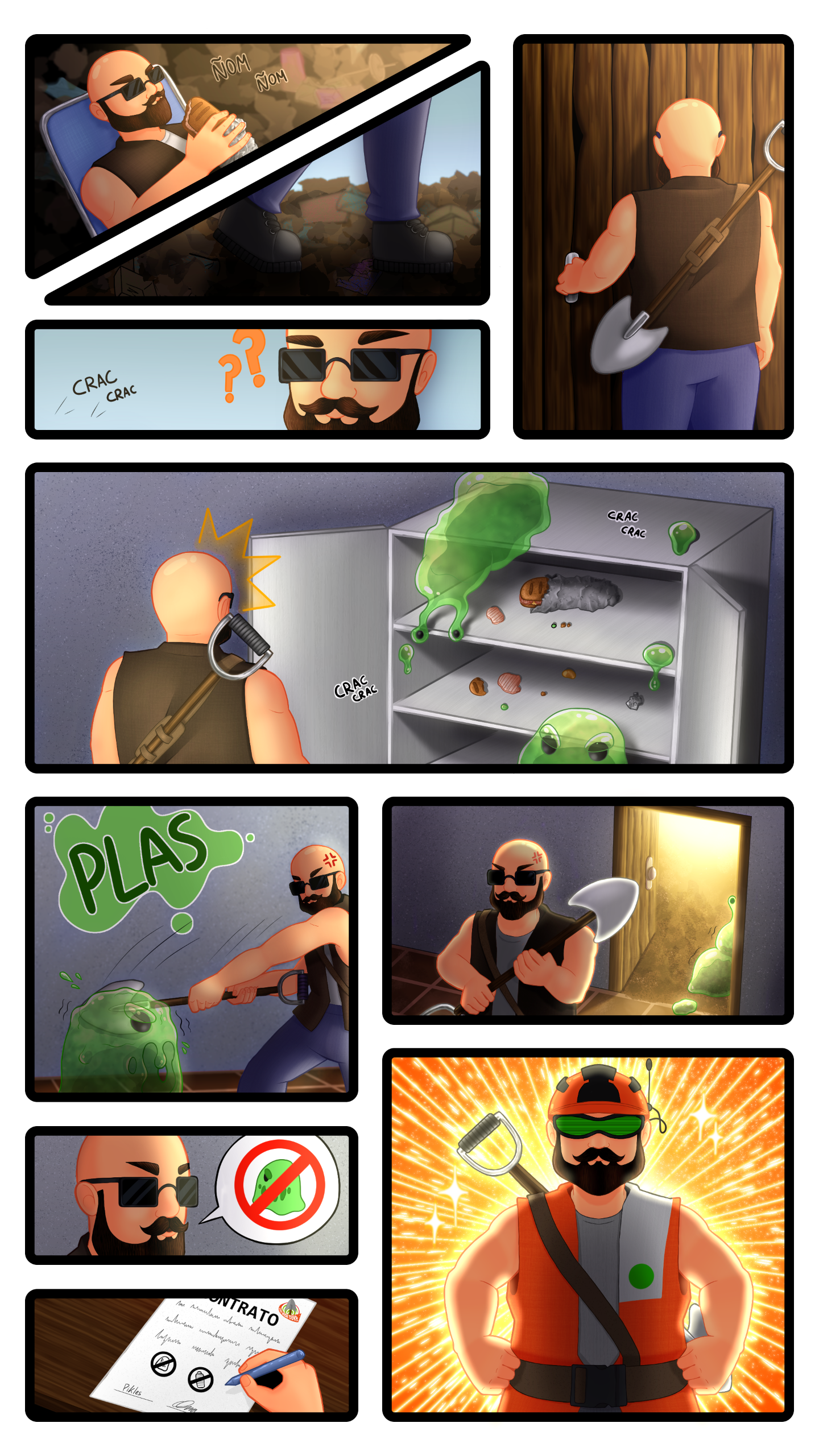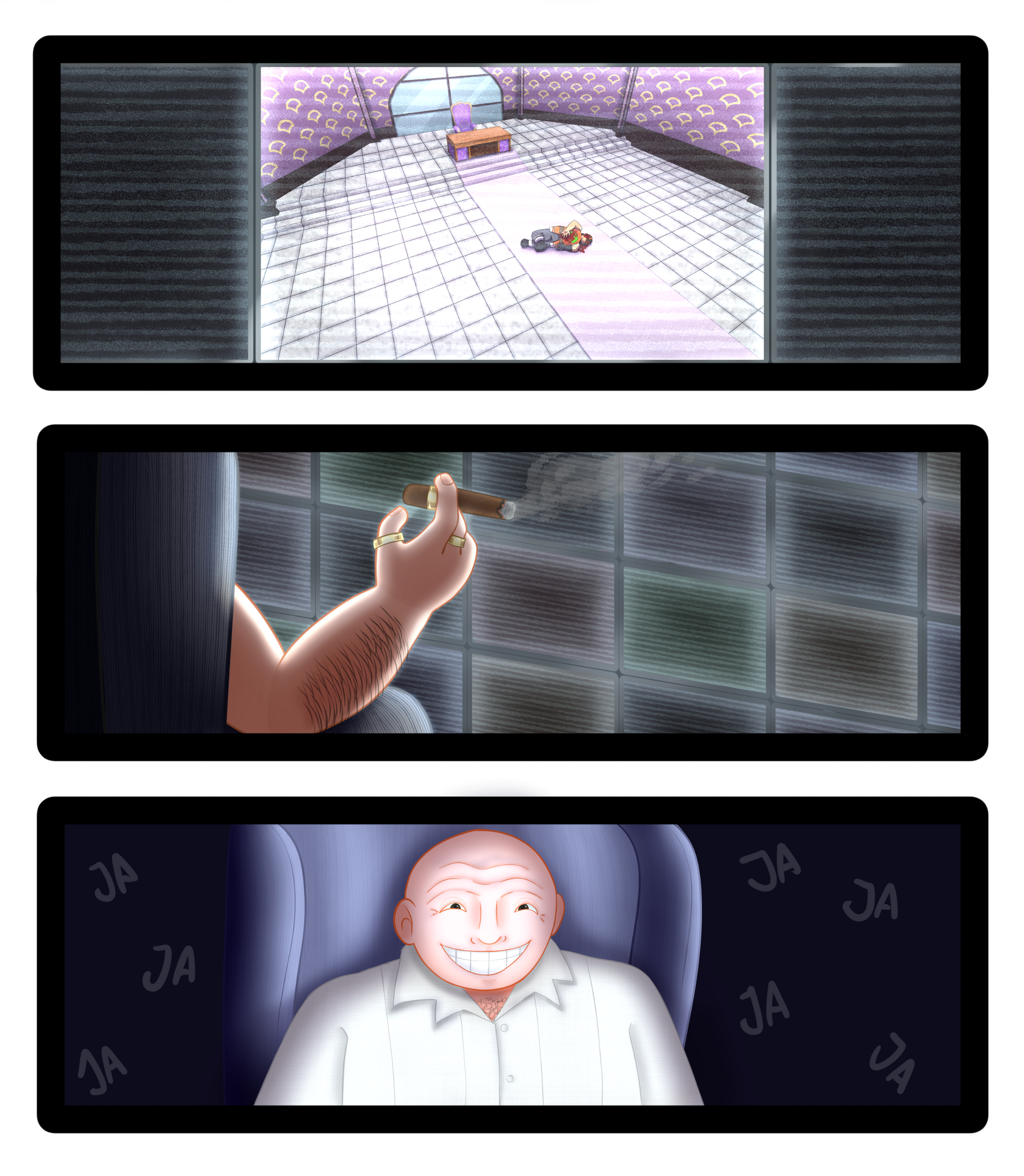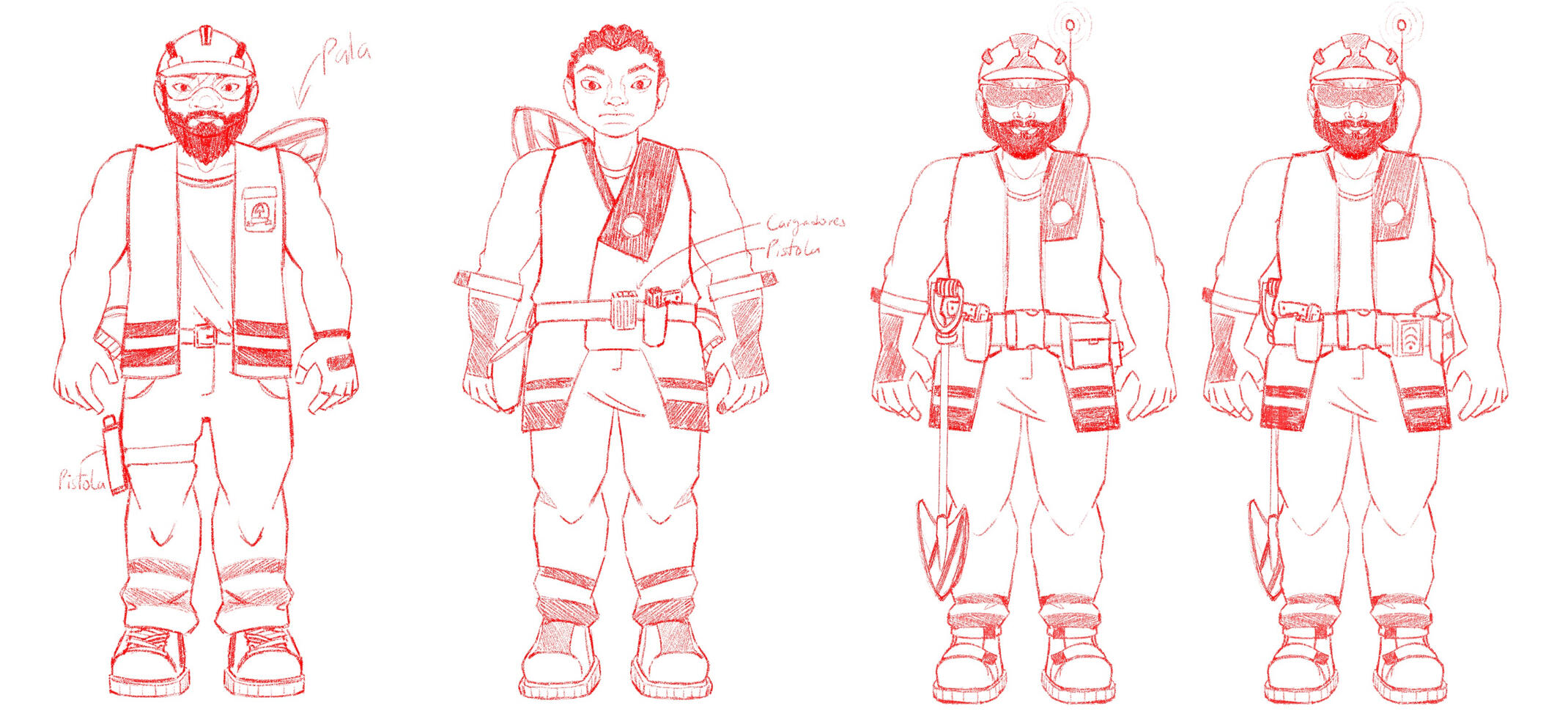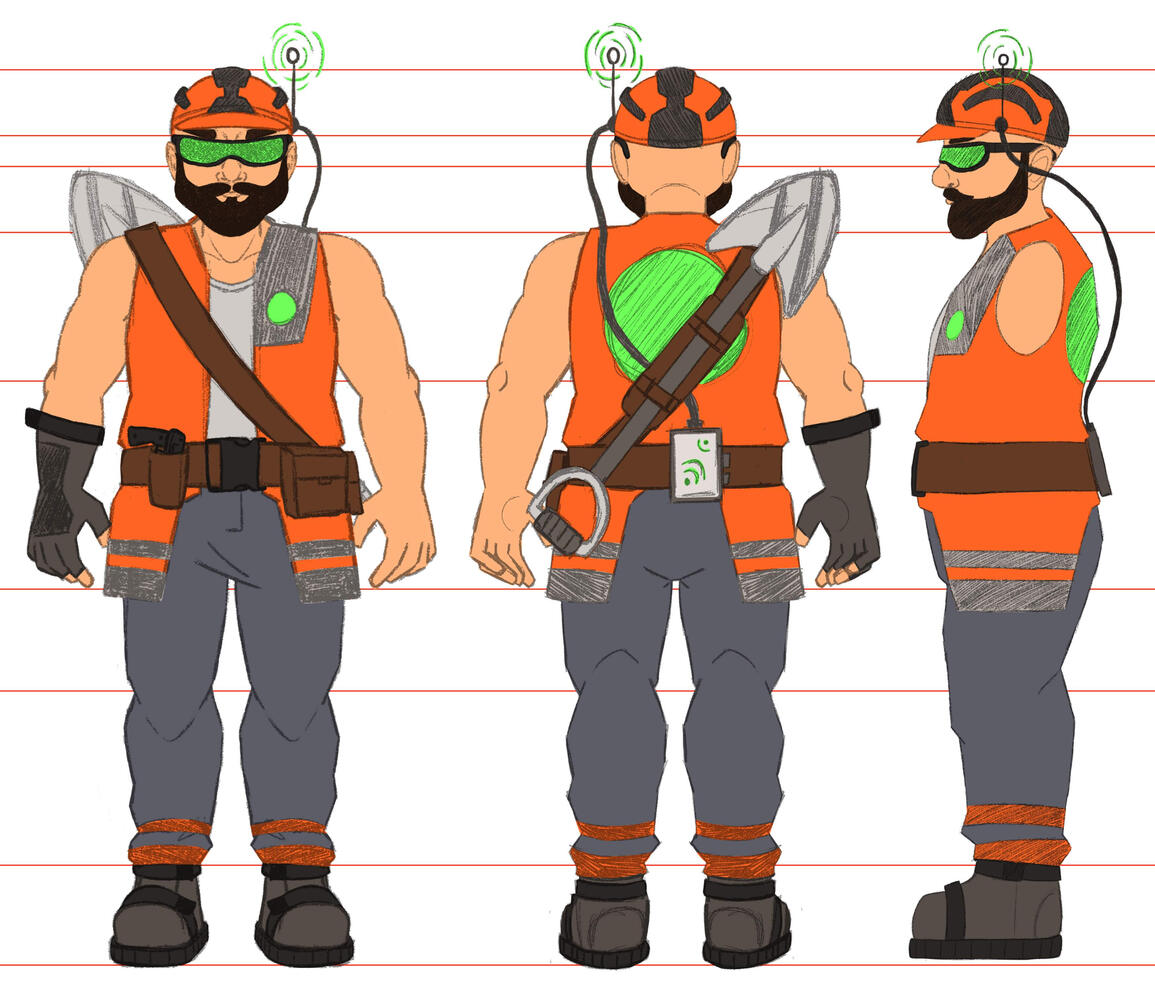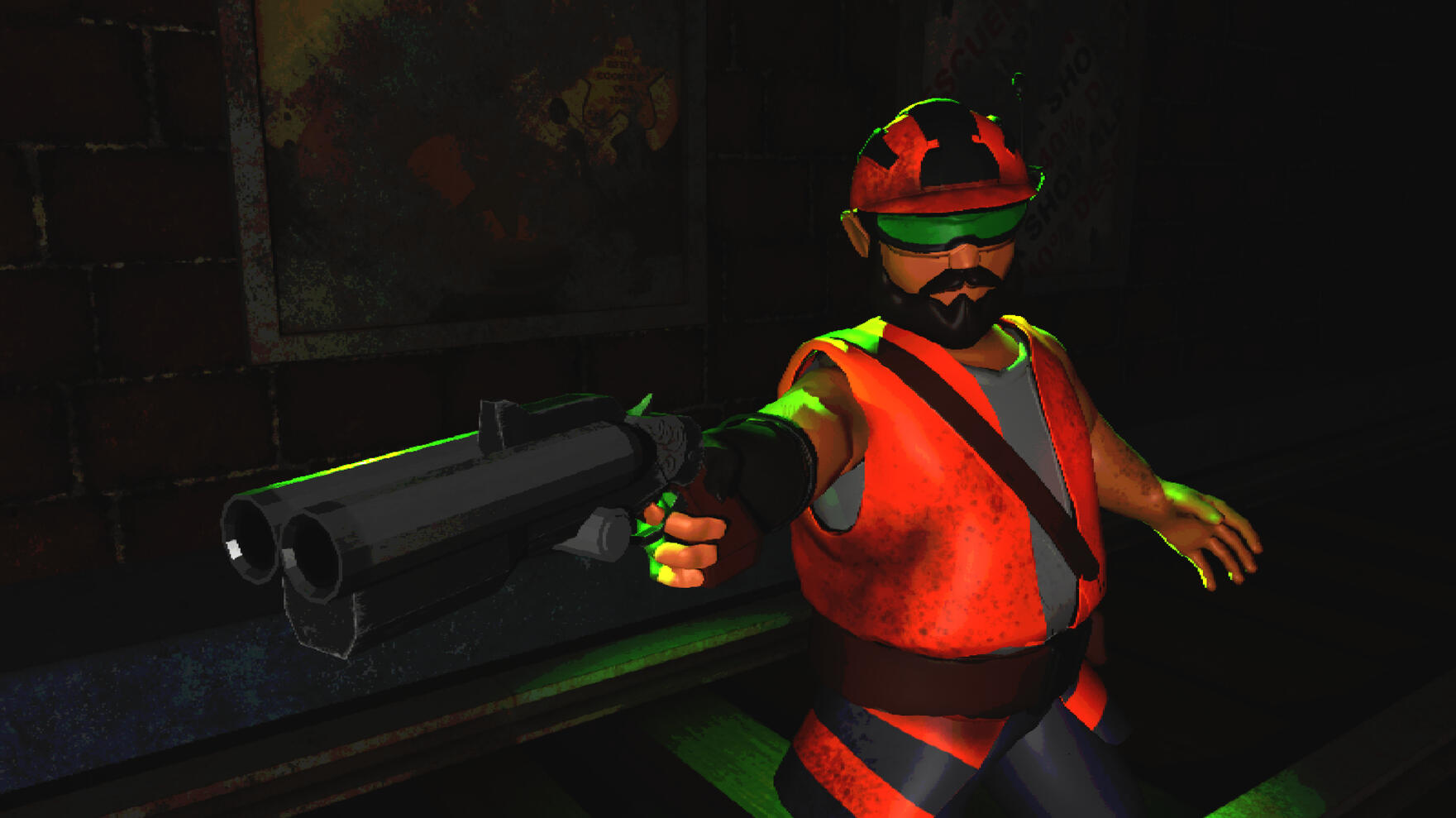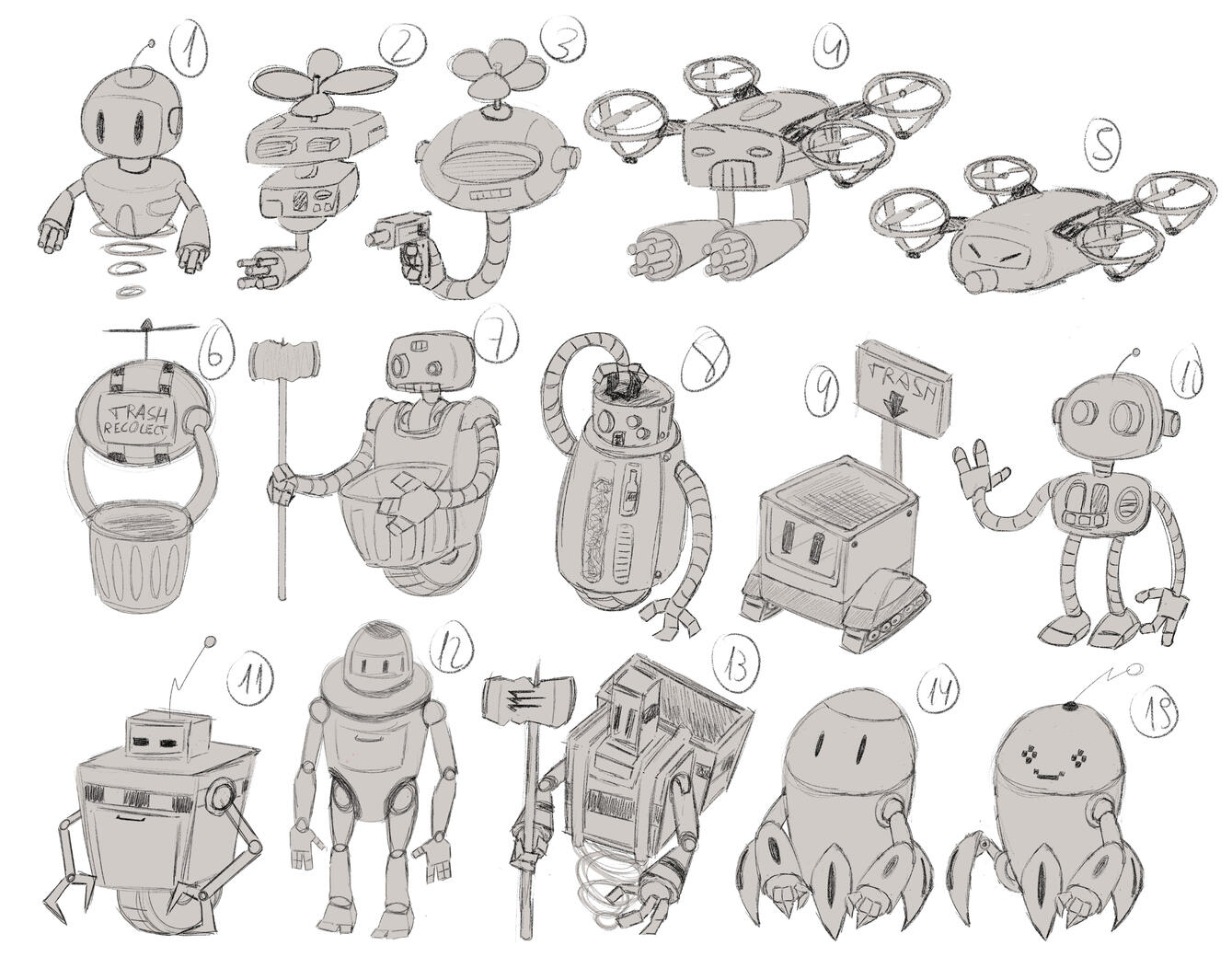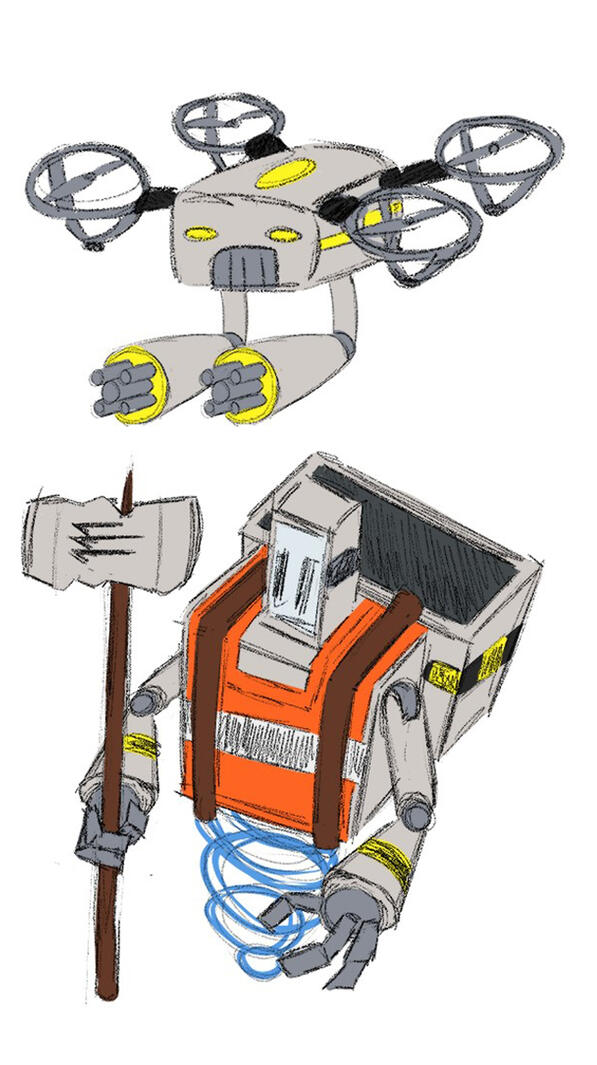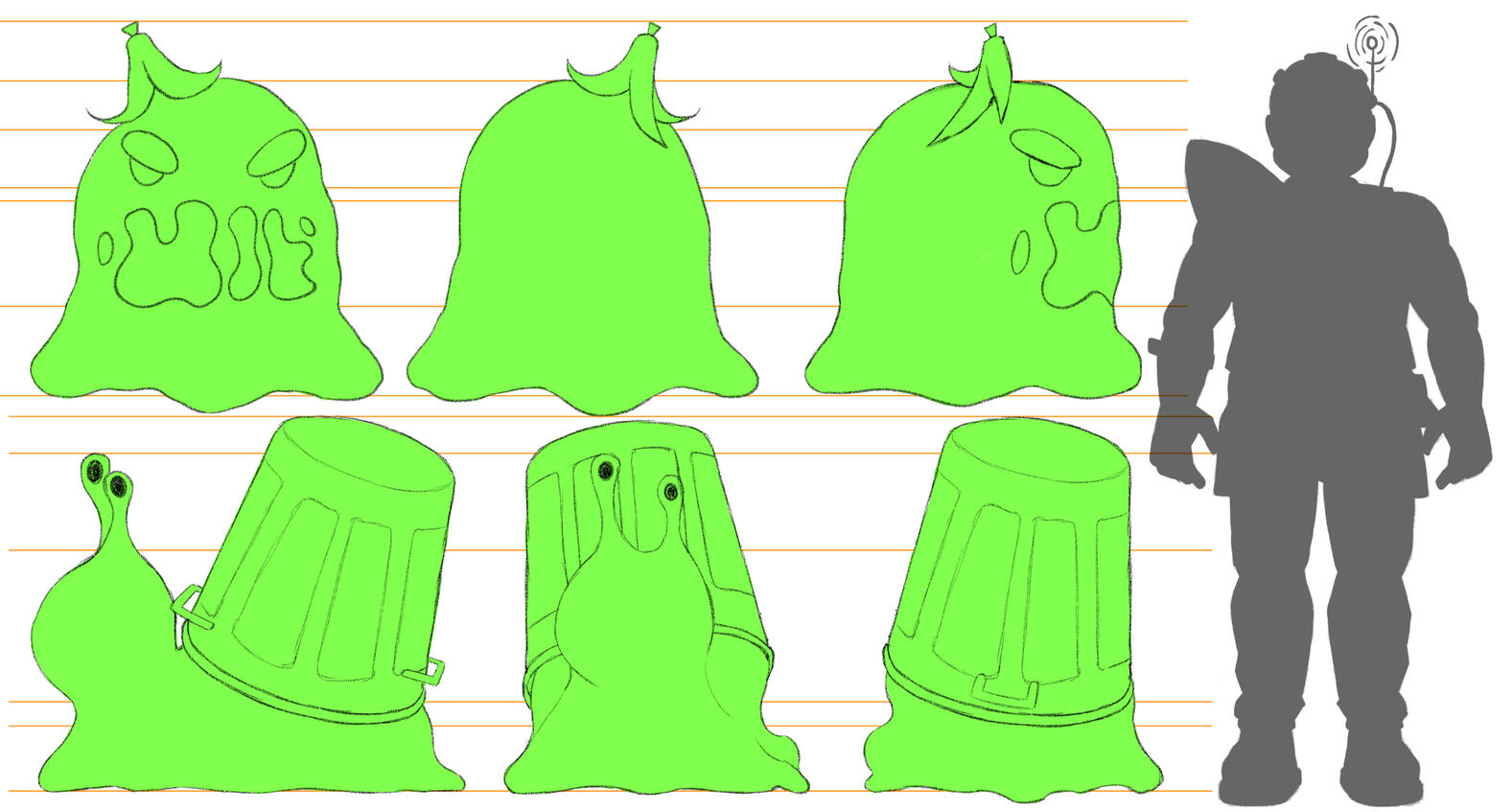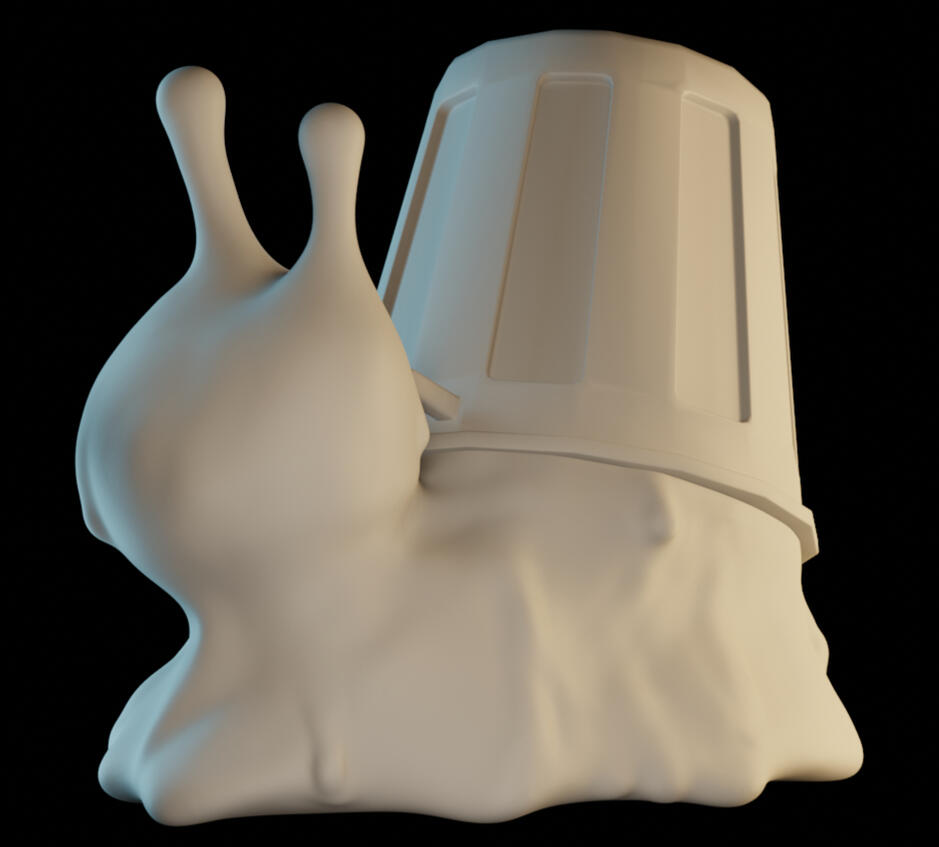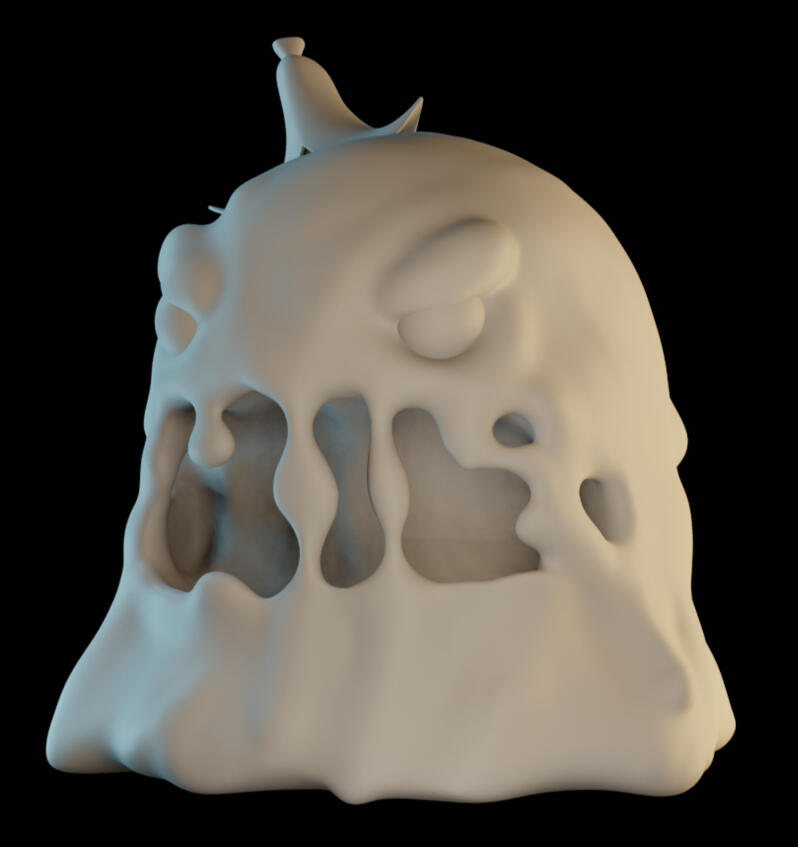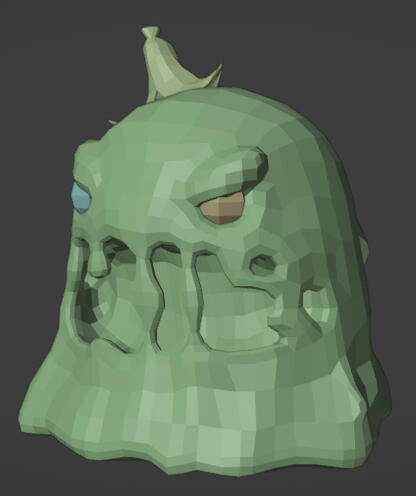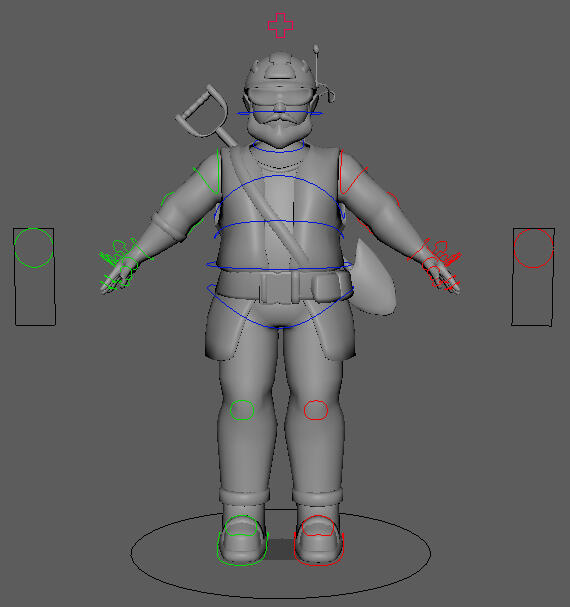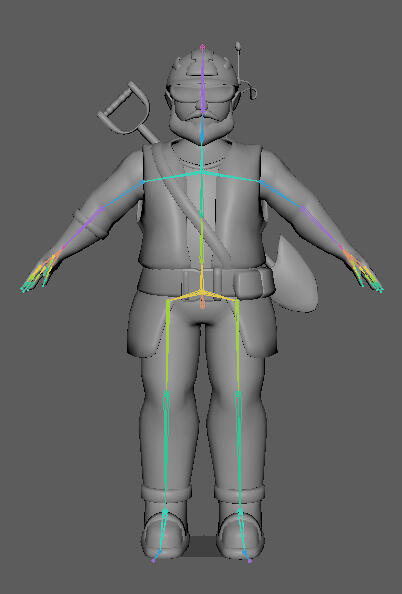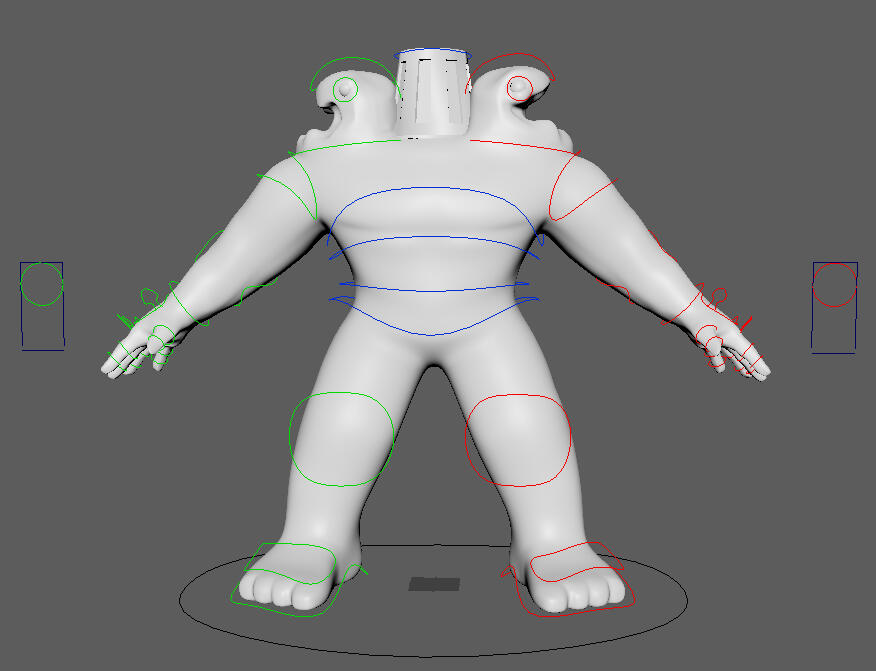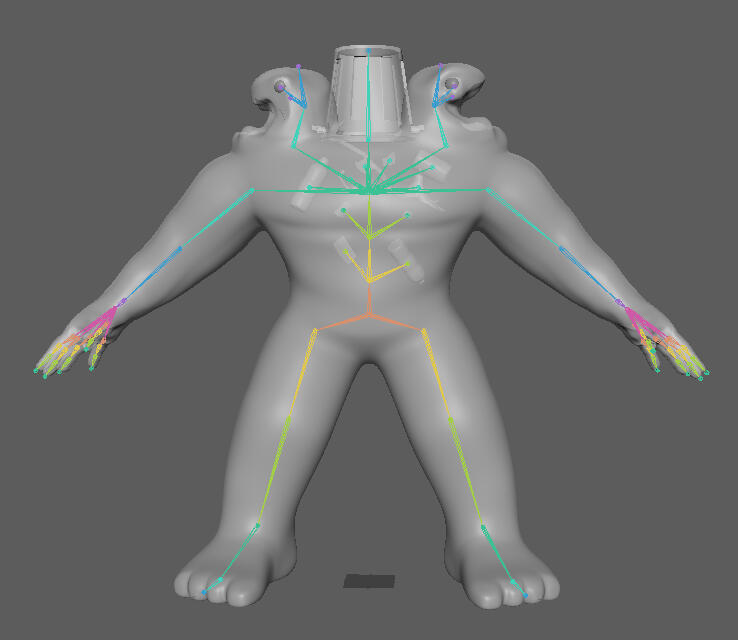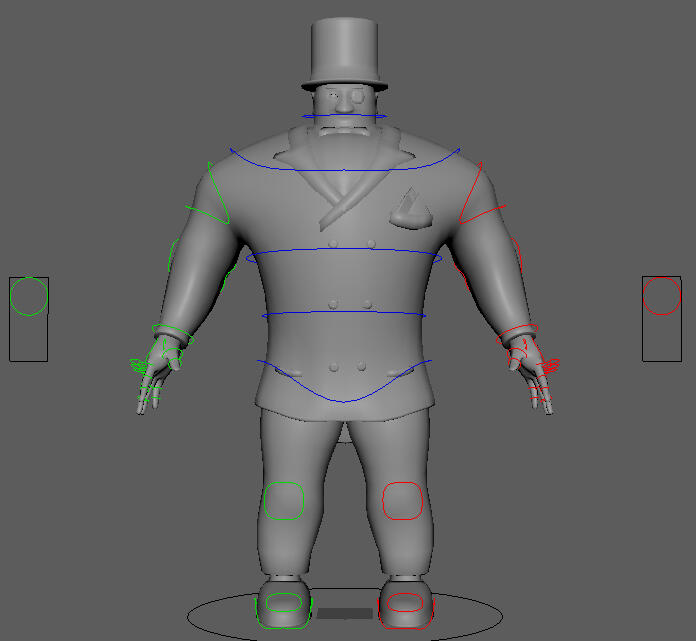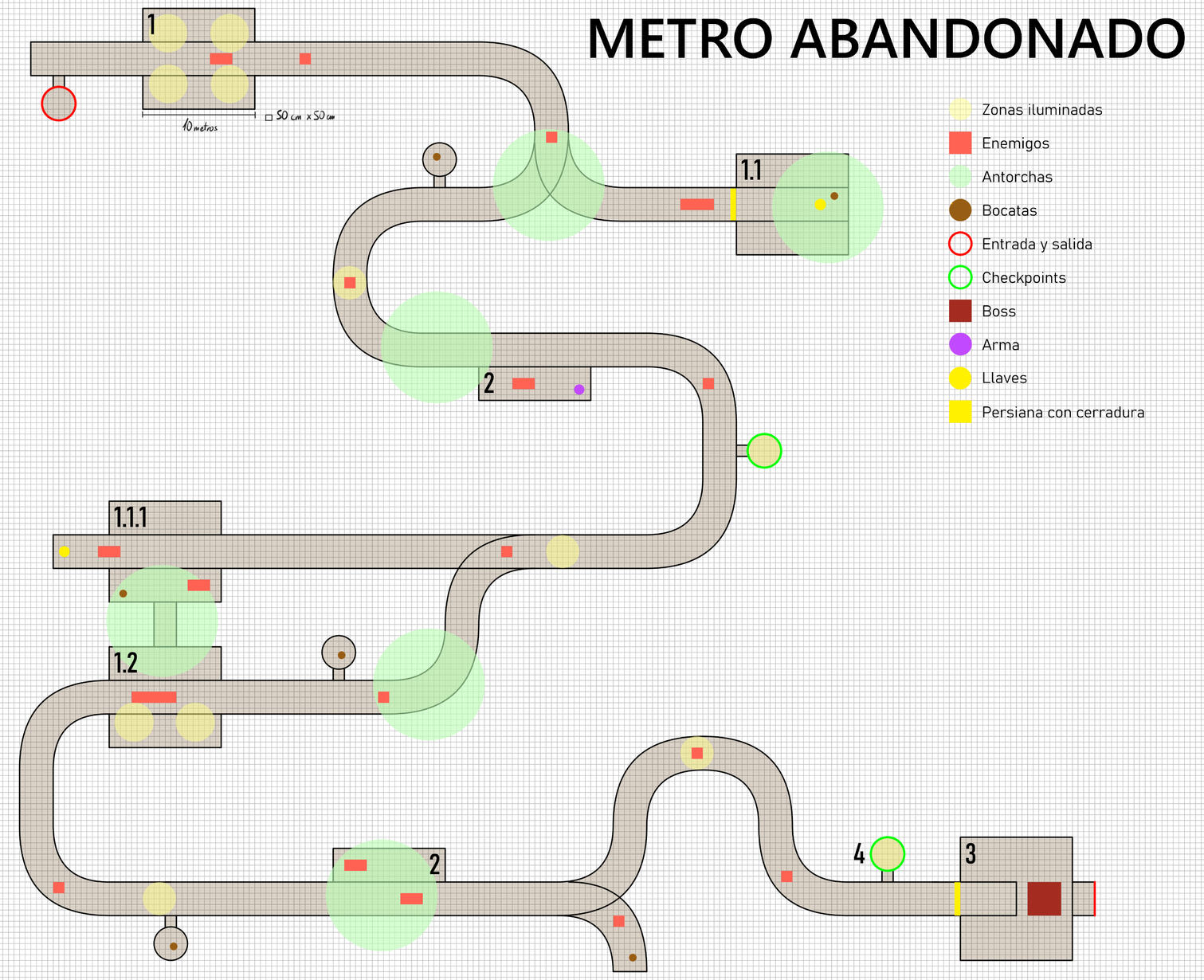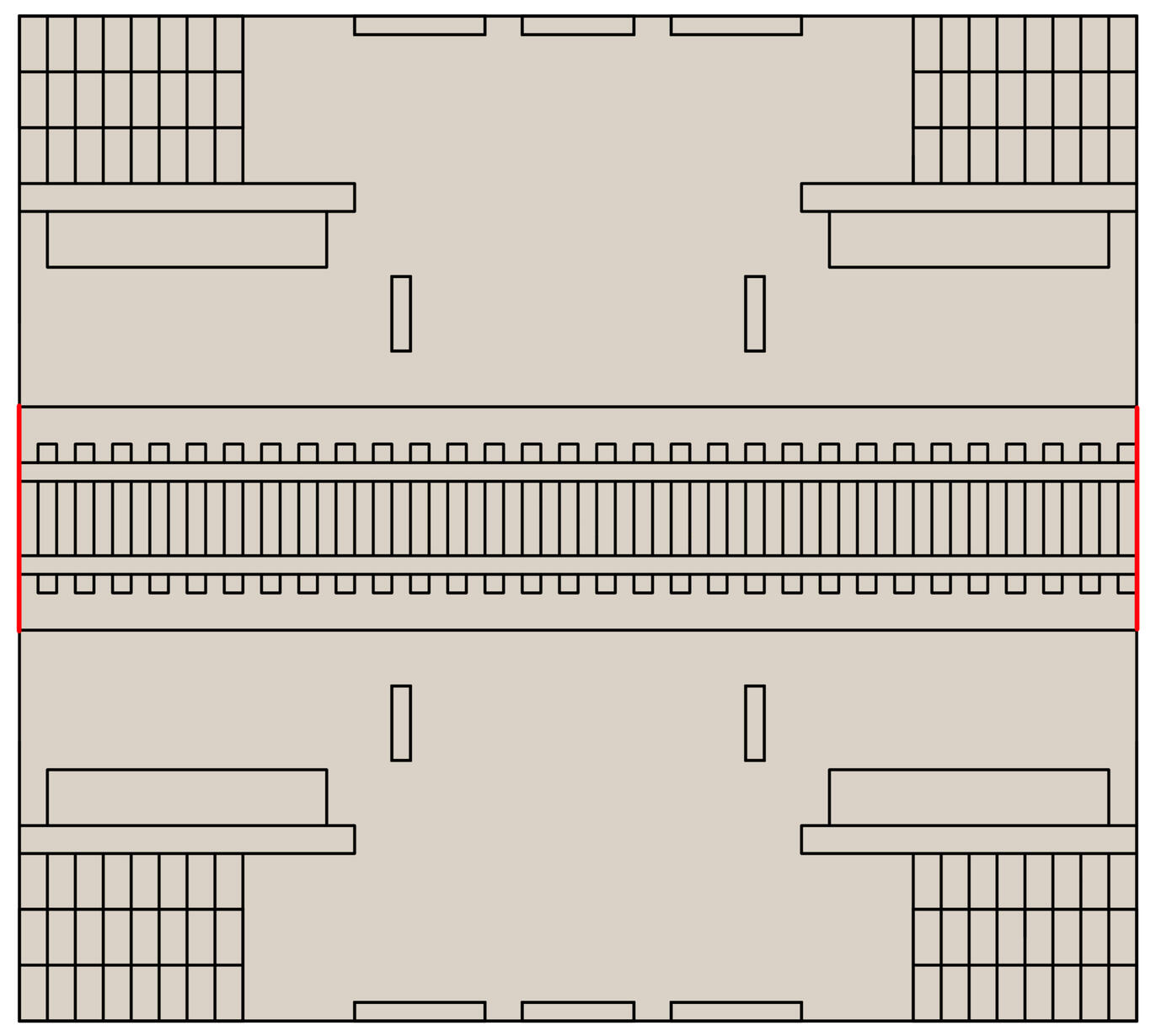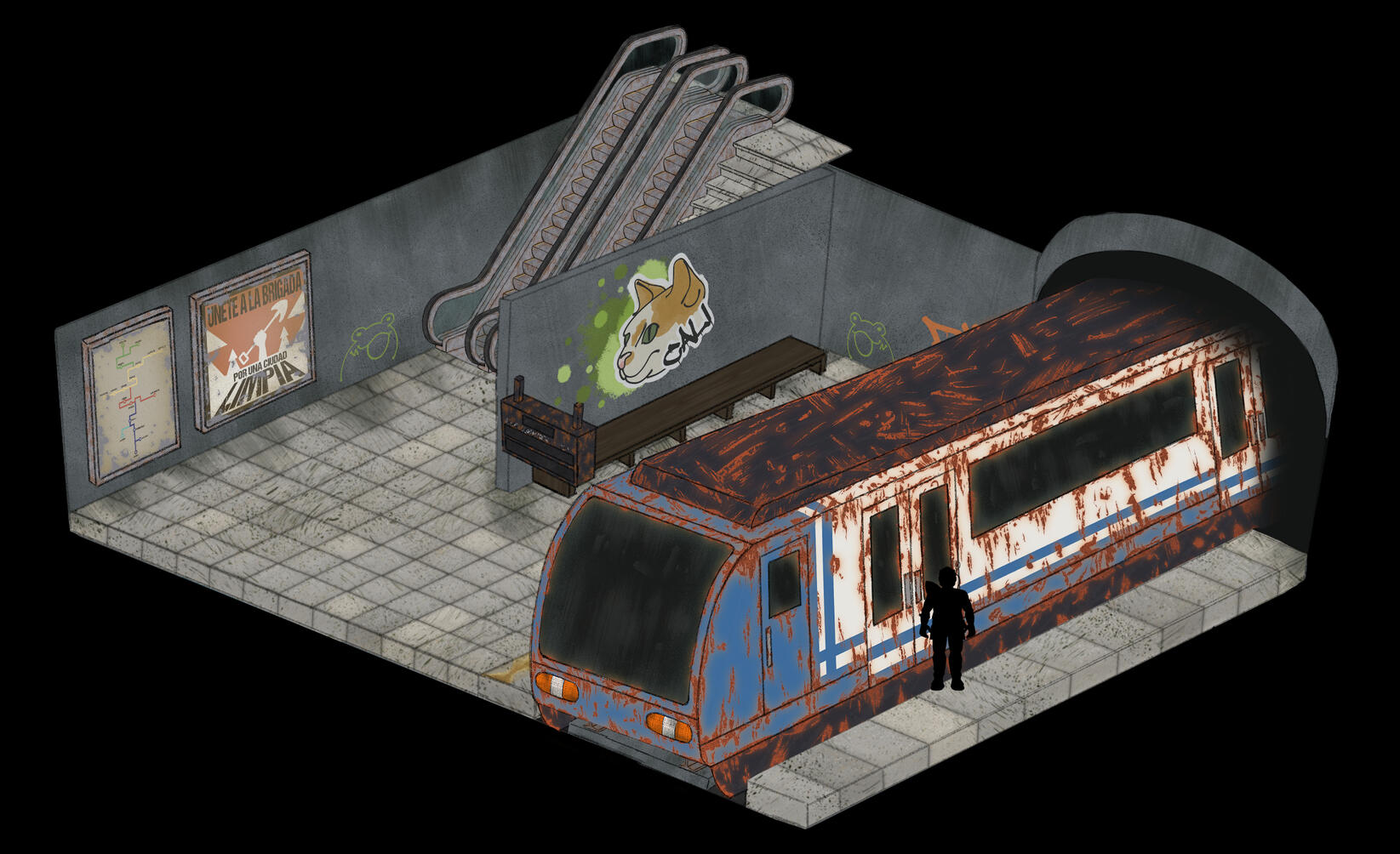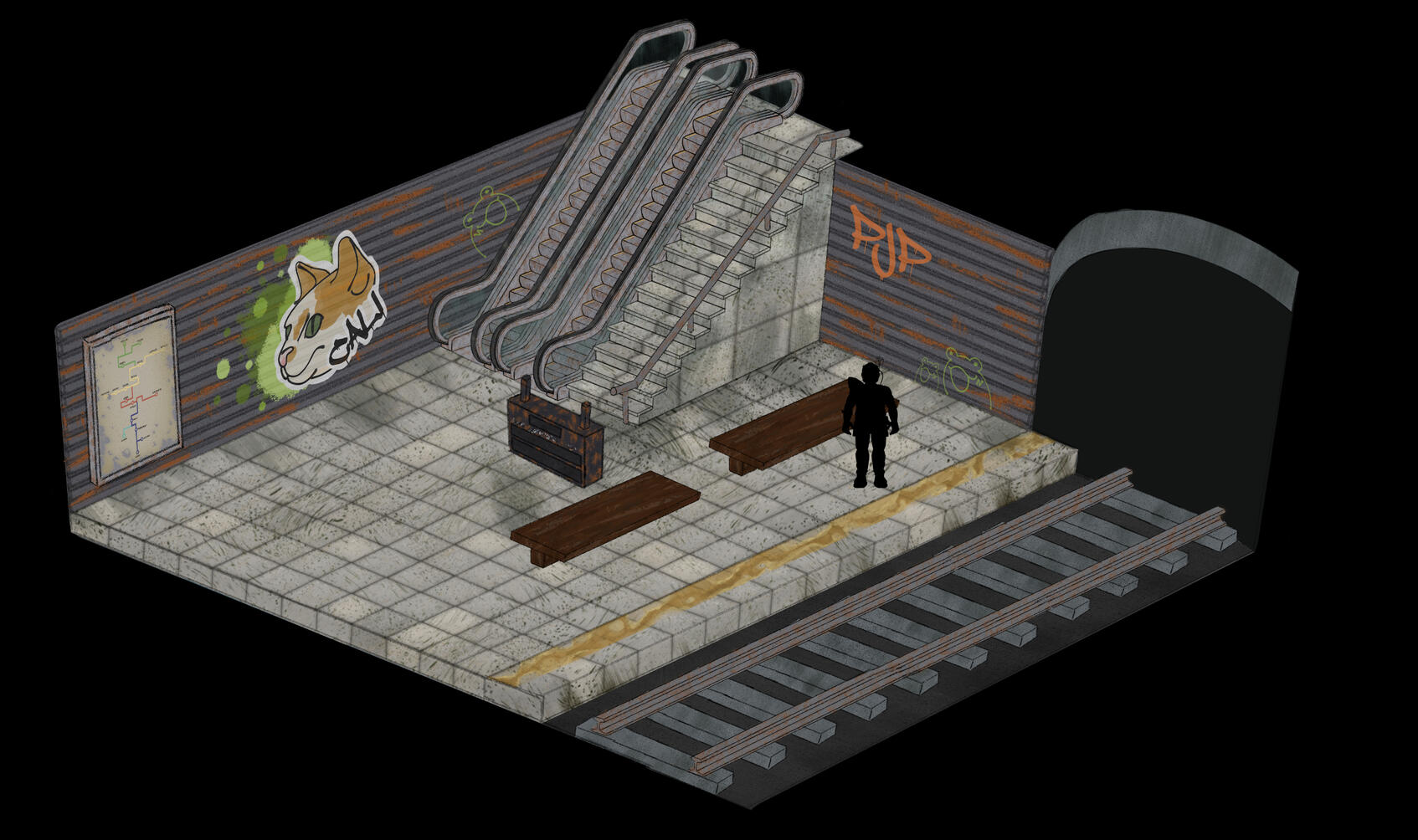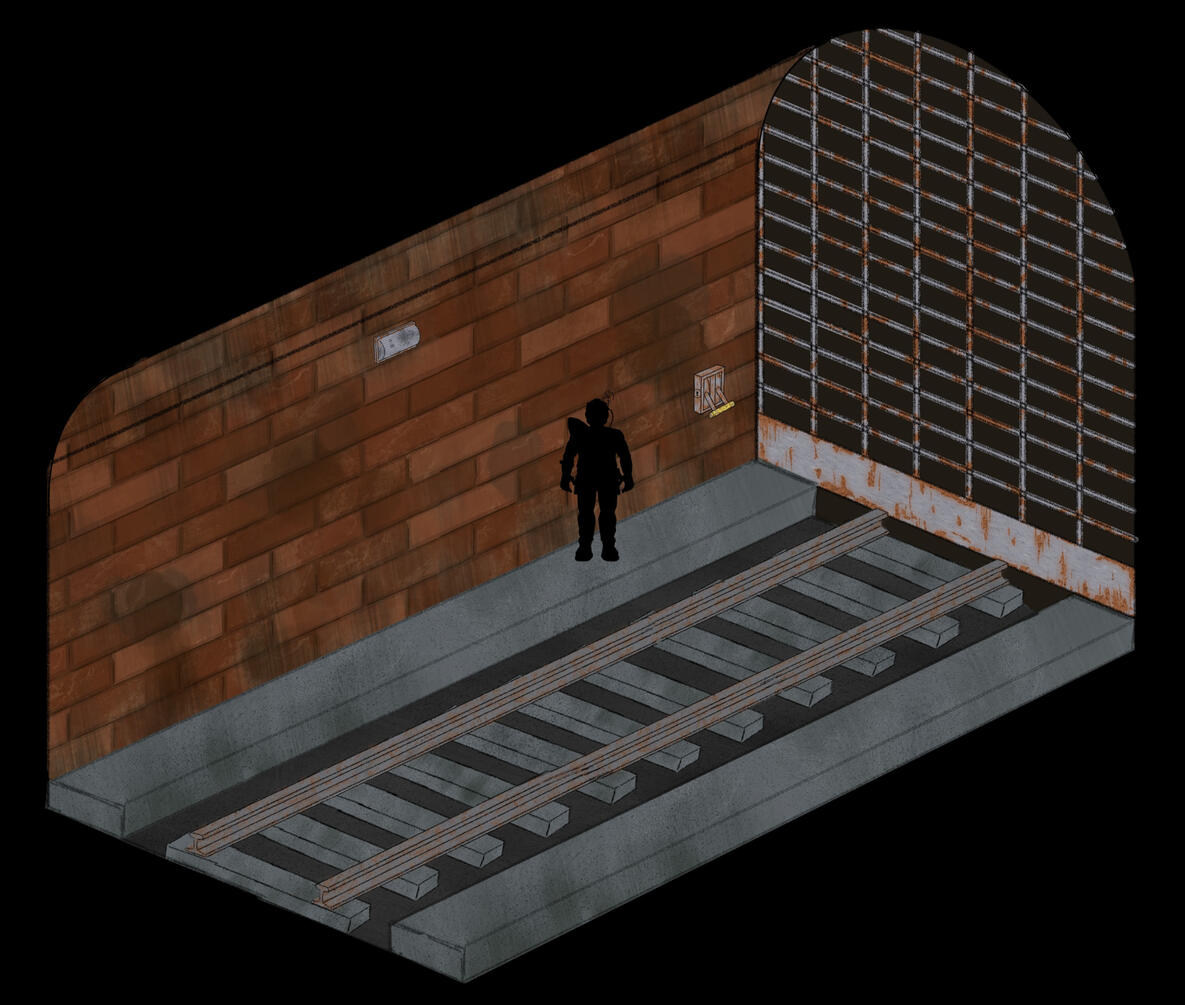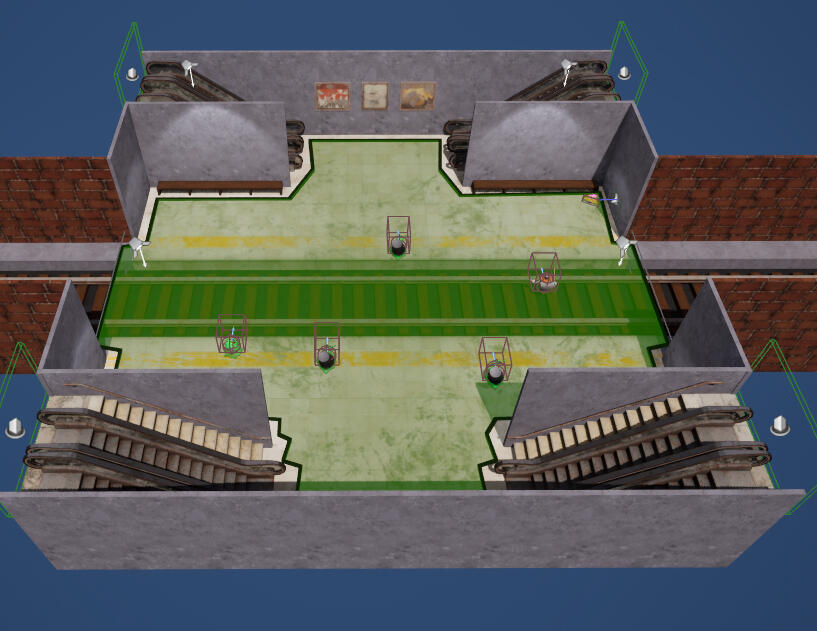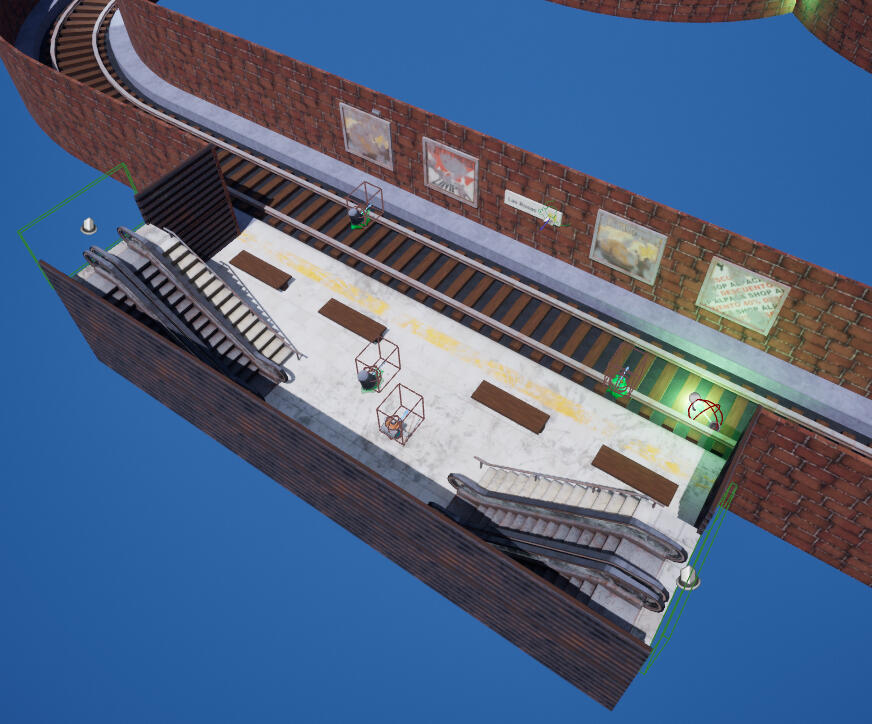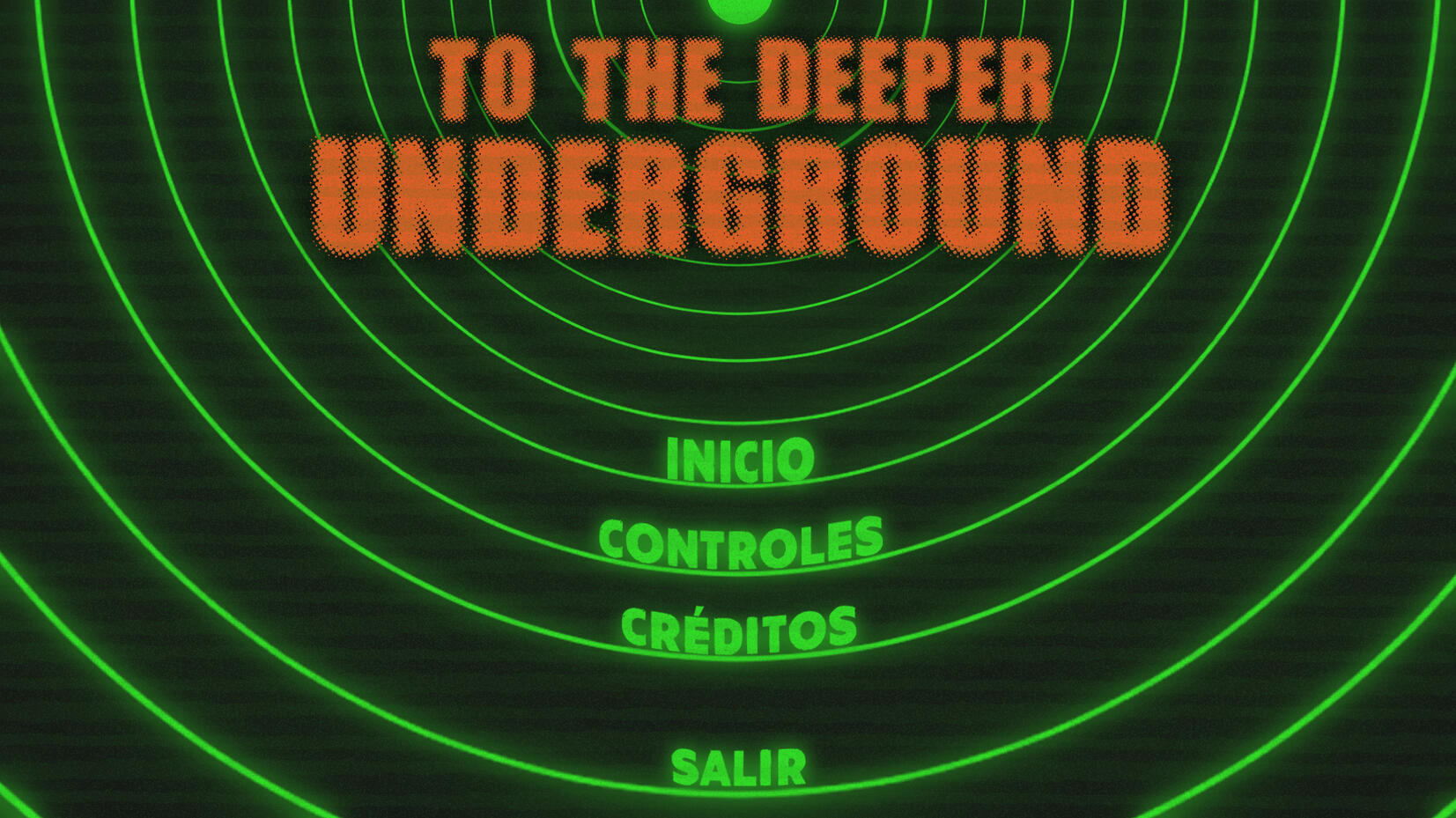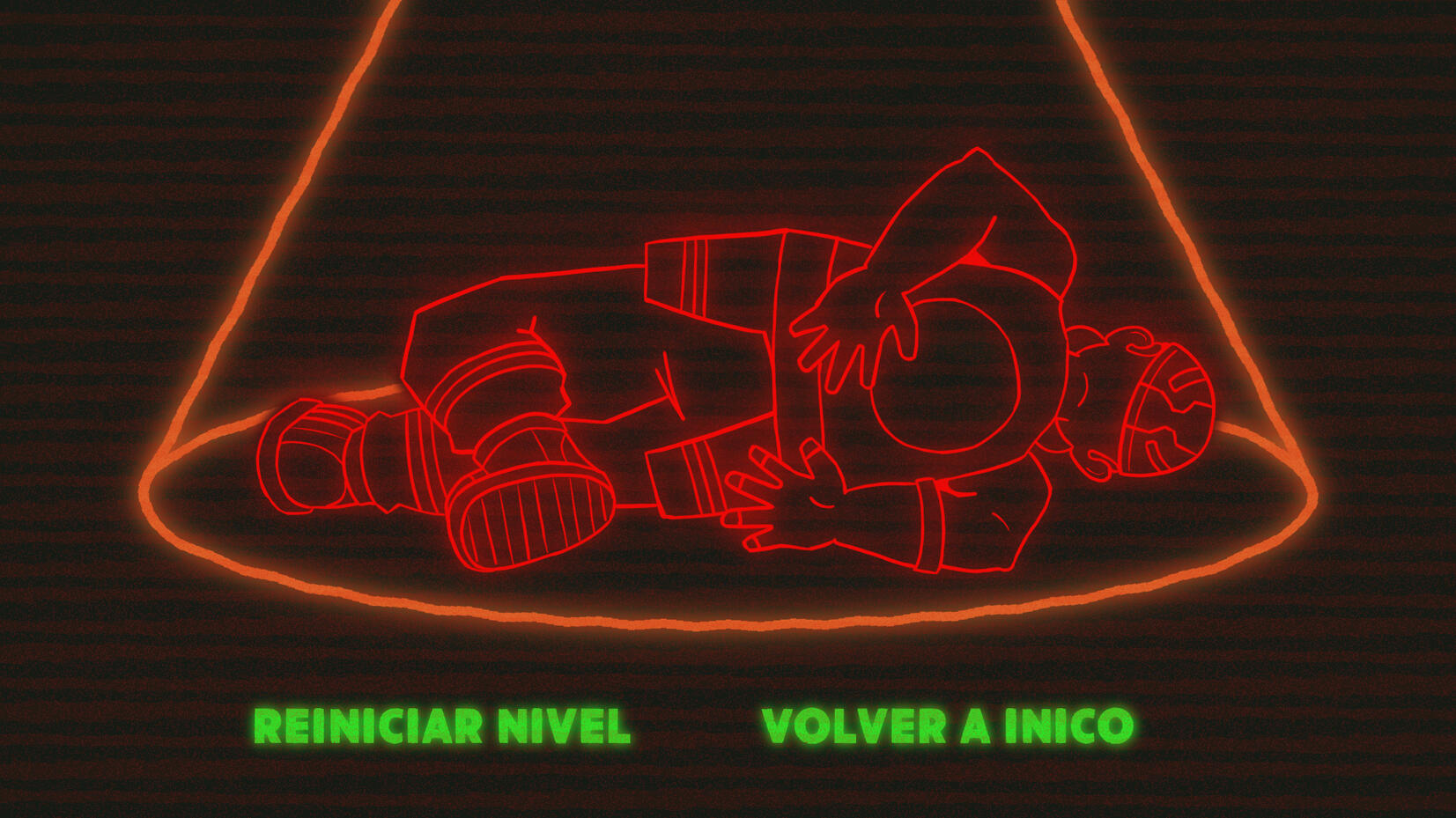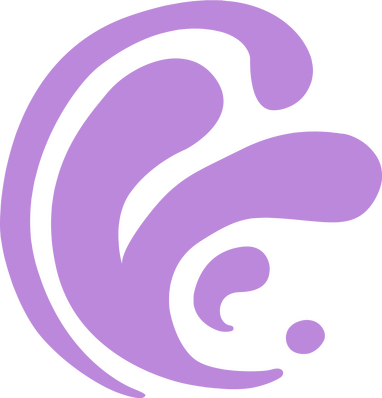
YokolateArt
Work for the game To The Deeper Underground
Pickles
Design of the main character for the game To The Deeper Underground.For this character, we were inspired by the early shooter games of the 80s, where the focus was on frenetic action and the story took a back seat. Physically, we also drew inspiration from the dwarves in the game Deep Rock Galactic and characters like Spike from the Super Mario movie. For his outfit, we referenced the clothing worn by garbage collectors in Spain and gave the design a slightly sci-fi touch.
Story
Pickles is a mercenary garbage collector working for the company Biggie Wash Corporation. He joined the company with the intention of exterminating the slime-like creatures that have appeared all over the world. His motivation: the slimes stole his ham and cheese sandwiches.Pickles is a simple and carefree man, somewhat aggressive, who only cares about living peacefully and eating ham and cheese sandwiches. He doesn't care about what happens around him. Despite what his personality suggests, Pickles is a strong man, he maintains his body thanks to military training.
Concepts and model sheet in Clip Studio Paint.
Render in Unreal Engine.
Robots
Design of robot-type enemies for To The Deeper Underground.For the robots, we were mainly inspired by the Ratchet and Clank games. I tried to combine their robot style with my own ideas and other references, keeping the game's theme in mind at all times.
Concepts and model sheet in Clip Studio Paint.
Slimes
Design and creation of slime-type characters for To The Deeper Underground.When designing them, the game's theme and the origin of the slimes were carefully considered. The slimes were mutated from trash and live in it, so elements related to this were incorporated into their designs.
Concepts and model sheet in Clip Studio Paint.
Modeling, sculpting, retopology, and UV in Blender.
Animation
Animation of the tree slime characters of To The Deeper Underground.When animating the slimes, it was taken into account that they are soft creatures, so they should move in an elastic manner. To give them this elastic effect, their bodies were stretched in certain animations, and somewhat exaggerated motion trails were added. Due to the characters' weight, faster and smoother movements were made for the smaller slimes, while for the boss slime, slower, heavier, and more abrupt movements were used.
Animated in Maya.
Abandoned Metro Line
Design and creation of the second map for To The Deeper Underground, an abandoned Metro line.The first step was to plan the space and shape of the map. To do this, I outlined on a grid the areas I wanted it to have, defining where it would be lit and where it wouldn’t, where enemies, checkpoints, pickups, etc., would be located. Next, specific areas of the map were detailed to determine the placement of assets, the set decoration, and the color palette.Once the concepts were completed, the map was modeled in 3D. Repeated assets were created in modular form and multiplied using an array to form walls and floors. Then, they were textured in Substance Painter, and finally, everything was assembled in Unreal Engine.
Concepts in Clip Studio Paint. Modeling, UV mapping, and assembly in Blender.
Texturing in Substance Painter.
Comics
Illustration of comics explaining the plot of the game To The Deeper Underground.
